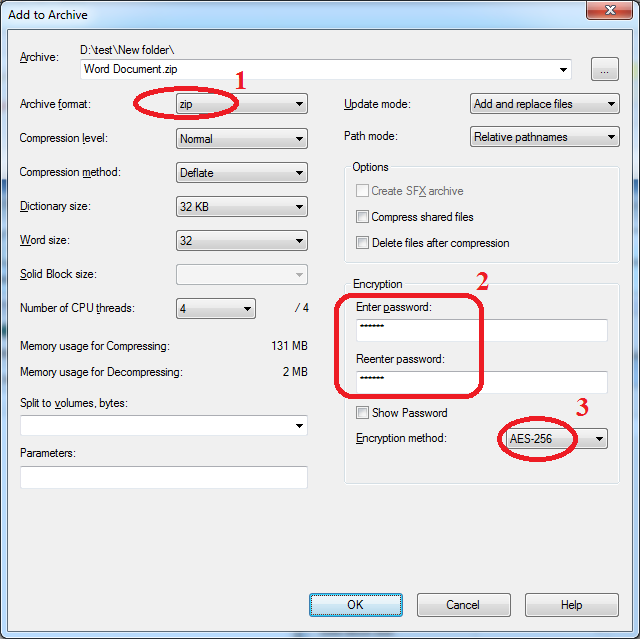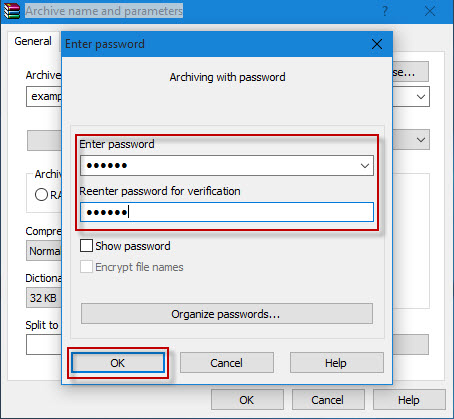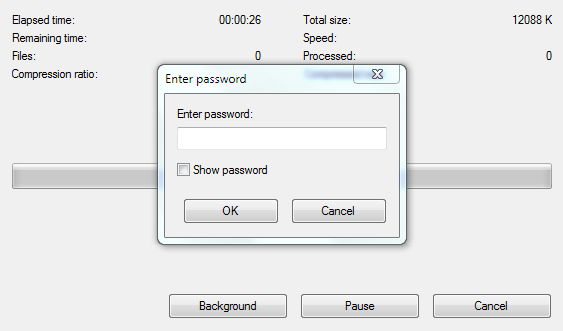

The command for this would be: 7z a -p -mx=9 -mhe -t7z data.7z webservers kubernetes Say you have the files webservers and kubernetes to be encrypted into the file data.7z. Once you've done that, the new encrypted file webservers.7z is created. You will be prompted to create a passphrase for the encryption. mx=9: Level of compression (9 being ultra) To encrypt that file with 7zip, issue the command: 7z a -p -mx=9 -mhe -t7z webservers.7z webservers Let's say you have the file webservers, which contains important information about the web servers in your data center. To install on a different type of distribution, use a similar command as shown above, substituting apt-get for the likes of dnf or zypper.

In order to install the package that includes the encryption features, log in to your Linux machine, open a terminal window, and issue the following command: sudo apt-get install p7zip-full -y How to install the 7zip package on Linux distributionsĬhances are slim your Linux distribution includes the 7zip package. SEE: Mastermind con man behind Catch Me If You Can talks cybersecurity (TechRepublic download) What you'll need I'll be demonstrating on Ubuntu Server, but the tool can be used on most Linux distributions. I want to walk you through the installation and usage of 7zip for file encryption.

Although this tool is typically used for zipping and unzipping files, it also includes the ability to encrypt and decrypt those files. To that end, you'll go to some rather challenging means to protect that information.īut what if that task could be made considerably easier? Although some might not think of the command line as the easier option, there are some CLI tools that do make short shrift of a task. This could be client data, company secrets, or your own personal information that you don't want viewed by the wrong person.

You have information on your machines that needs to be secure.


 0 kommentar(er)
0 kommentar(er)
